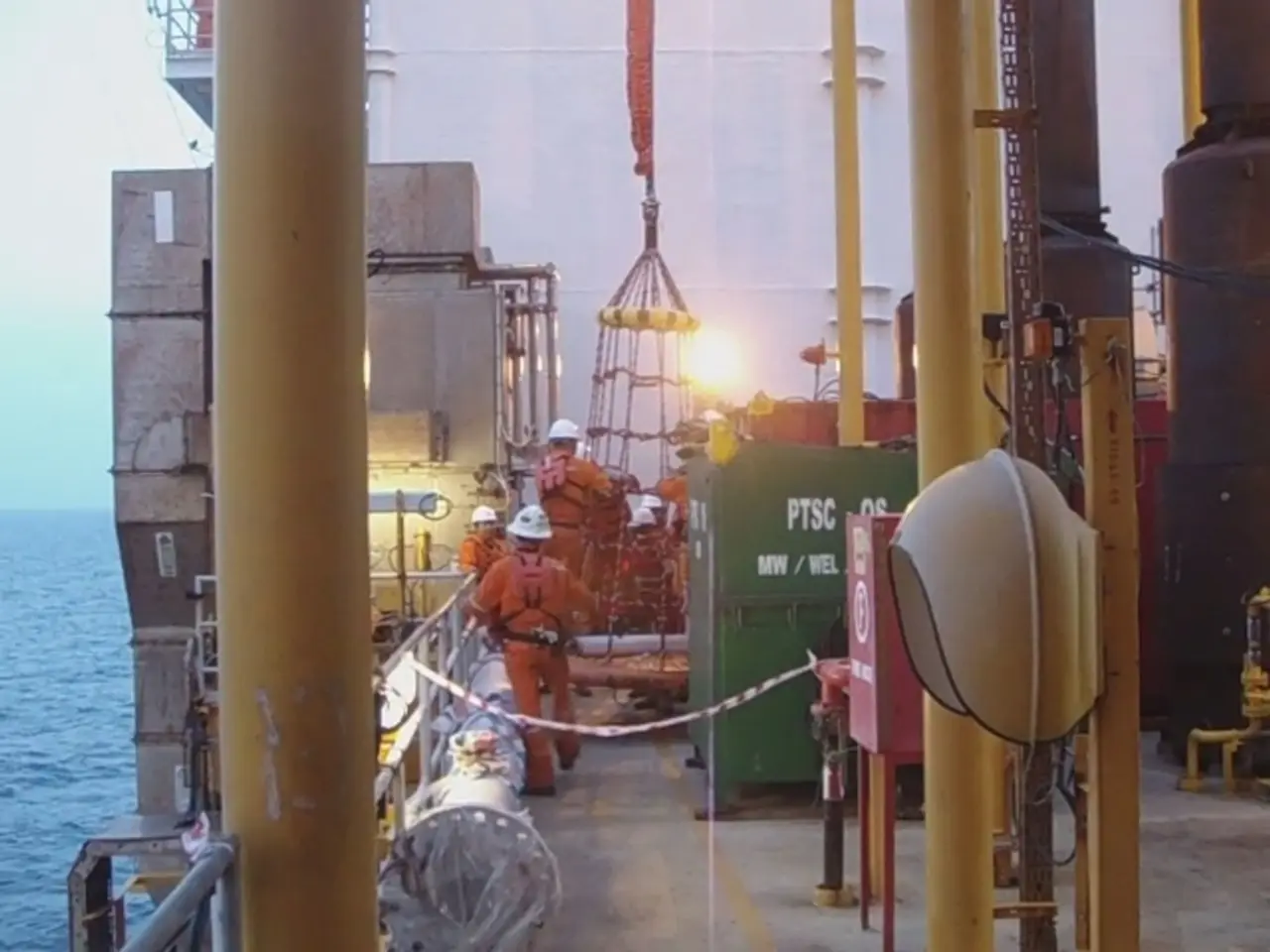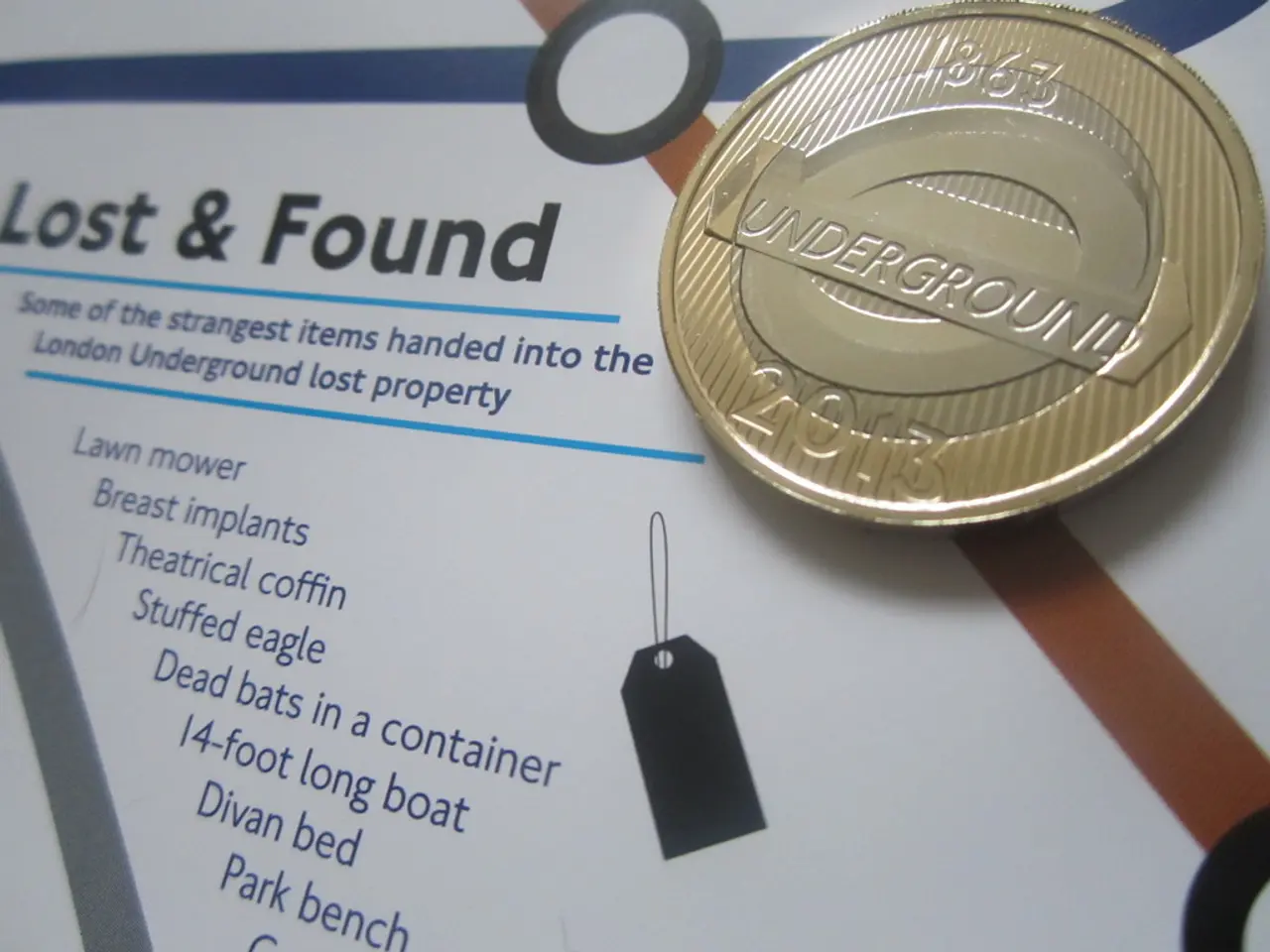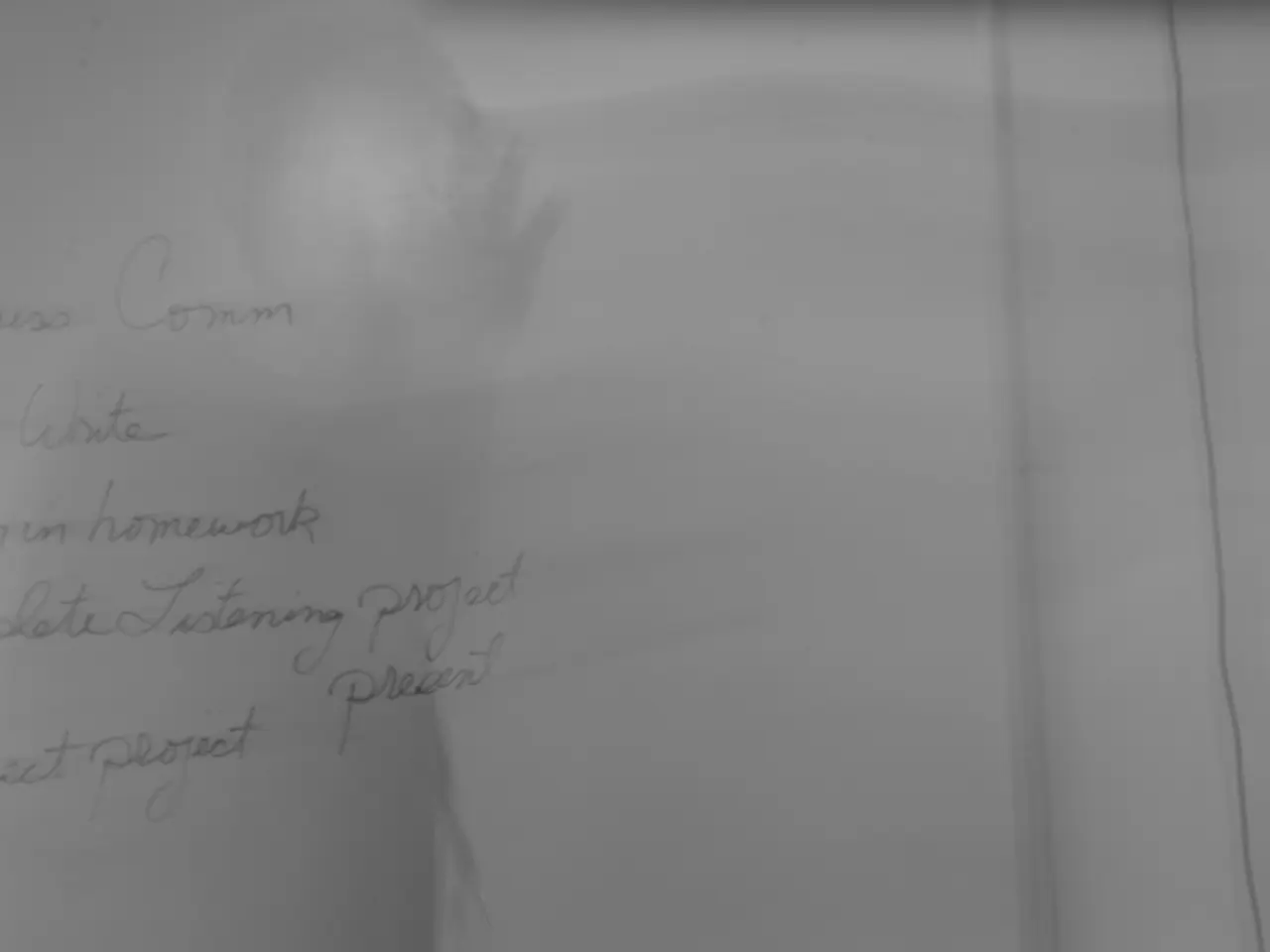Regulations and Temporary Requirements for Watercrafts in 2013
In the realm of marine transportation, the Environmental Protection Agency (EPA) has been instrumental in regulating vessel discharges to protect the environment. One of the key regulations is the 2013 Vessel General Permit (VGP), which has recently been superseded by the Vessel Incidental Discharge Act (VIDA).
Issued on April 12, 2013, the 2013 VGP was effective for five years, from December 19, 2013, to December 18, 2018. The VGP requires vessels to monitor and control discharges such as ballast water, graywater, bilge water, and deck runoff. It also mandates specific best management practices for Pumpout Utilization and Transfer Equipment (PUTE) systems and marine sanitation devices.
Vessels less than 300 gross tons and that do not have the capacity to hold or discharge more than eight cubic meters of ballast water are not required to submit a Notice of Intent (NOI). Instead, operators of these vessels must complete a PARI Form and keep a copy of that form onboard the vessel at all times.
For non-recreational, non-Armed Forces vessels less than 79 feet in length and fishing vessels of any size, interim requirements include only the existing ballast water discharge requirements, USCG ballast water regulations, and any applicable state and local government requirements.
However, the new VIDA, published on October 9, 2024, promises broader and potentially stricter discharge standards. While the VIDA requirements are not yet fully enforceable, they aim to expand and standardize discharge regulations across various types of discharges, not just ballast water.
During this interim period, non-recreational and non-Armed Forces vessels 79 feet in length and greater are subject to the existing discharge requirements established by the EPA's 2013 VGP and the USCG's ballast water regulations. Non-recreational, non-Armed Forces vessels less than 79 feet in length and fishing vessels of any size are subject to existing ballast water discharge requirements only.
The EPA has published documents related to the implementation and enforcement of the 2013 VGP on its website, including a document titled "Vessel Discharge Sample Collection and Analytical Monitoring: A How-To Reference for EPA's 2013 Vessel General Permit (VGP)". This document provides information on selecting a laboratory and sample collection, handling, and shipping procedures.
Questions about the EPA's VGP eNOI system can be sent to [email protected]. To submit NOIs, NOTs, and Annual Reports using the Central Data Exchange (CDX), you need to register and obtain a CDX username and password. The 2013 VGP eNOI System allows multiple reports to be submitted at a time using a batch upload function.
The EPA, working with the USCG, has issued a policy on ballast water discharge requirements whereby temporary extensions may be granted on a case-by-case basis. Under VIDA, the U.S. Coast Guard is required to develop compliance and enforcement regulations.
As of October 9, 2024, the Vessel Incidental Discharge Act (VIDA) has resulted in the publication of the Vessel Incidental Discharge National Standards of Performance (VID-NSP) by the Environmental Protection Agency (EPA). However, the new VIDA requirements will not be fully enforceable until the U.S. Coast Guard (USCG) implementing regulations are finalized and effective, which must occur within two years after the EPA's standards are promulgated.
Until both the EPA's and USCG's regulations are final, effective, and enforceable, interim requirements apply. A search tool is available to the public to search for information for any vessel that submitted NOIs, NOTs, and Annual Reports under the 2013 VGP. Lists of Nutrient and Copper Impaired Waters were published by the EPA on January 17, 2014, based on current information about each state's 303(d) list.
If you are already registered for the 2008 VGP, you must update your registration to submit 2013 VGP reports. Additional resources, including webinars and technical studies, are available on the EPA's website for submitting discharge monitoring reports and annual reports.
[1] Environmental Protection Agency. (2022). Vessel General Permit (VGP) Fact Sheet. Retrieved from https://www.epa.gov/npdes/vessel-general-permit-vgp-fact-sheet [2] Environmental Protection Agency. (2022). Vessel Incidental Discharge Act (VIDA). Retrieved from https://www.epa.gov/vida [3] Environmental Protection Agency. (2022). Vessel Discharge Sample Collection and Analytical Monitoring: A How-To Reference for EPA's 2013 Vessel General Permit (VGP). Retrieved from https://www.epa.gov/npdes/vessel-discharge-sample-collection-and-analytical-monitoring-how-reference-epas-2013-vessel [4] Environmental Protection Agency. (2022). Best Management Practices for Pute Systems and Marine Sanitation Devices Under the 2013 Vessel General Permit (VGP). Retrieved from https://www.epa.gov/npdes/best-management-practices-pute-systems-and-marine-sanitation-devices-under-2013-vessel
- The Environmental Protection Agency (EPA) has been working to protect the environment in marine transportation, enforcing regulations like the 2013 Vessel General Permit (VGP) and the more recent Vessel Incidental Discharge Act (VIDA).
- The EPA's 2013 VGP requires vessels to monitor and control discharges such as ballast water, graywater, bilge water, and deck runoff, and mandates specific best management practices for Pumpout Utilization and Transfer Equipment (PUTE) systems and marine sanitation devices.
- The VGP has been superseded by the VIDA, promising broader and potentially stricter discharge standards, not just for ballast water, but across various types of discharges.
- The EPA provides resources such as a document titled "Vessel Discharge Sample Collection and Analytical Monitoring: A How-To Reference for EPA's 2013 VGP" to help with implementing and enforcing the VGP.
- The new discharge regulations under VIDA may impact the renewable-energy and industry sectors, as they aim to improve the environmental science surrounding climate-change and water quality, particularly in relation to marine environments.




